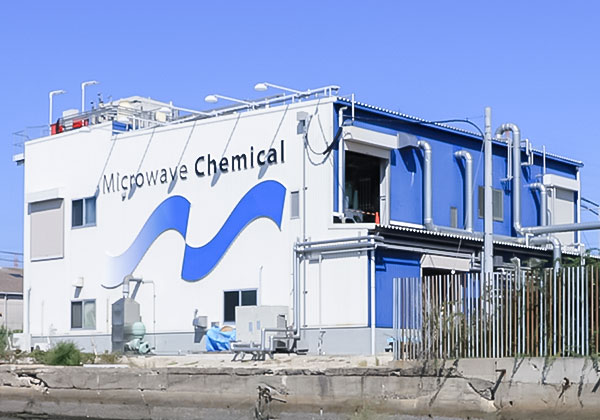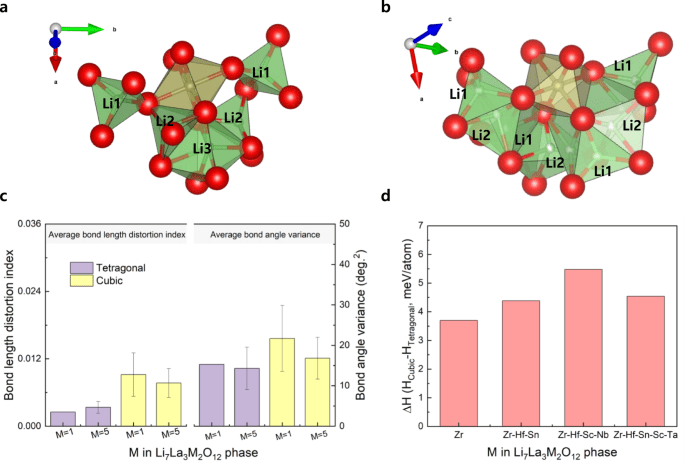Chemical synthesis is the art and science of creating compounds through carefully orchestrated reactions. It is a cornerstone of both organic and inorganic chemistry, enabling the production of a vast array of substances with specific properties and functionalities. This article delves into the world of chemical synthesis, unraveling its methodologies, principles, and significance across various scientific disciplines. From understanding reaction mechanisms to designing synthetic routes, we explore how chemical synthesis shapes industries ranging from pharmaceuticals to materials science.
1. The Essence of Chemical Synthesis: Building from Atoms
Chemical synthesis involves combining atoms and molecules to create new compounds with desired properties.
2. Organic Chemistry: Carbon’s Creative Playground
Organic synthesis focuses on creating complex carbon-based molecules, ranging from pharmaceuticals to polymers and beyond.
3. Inorganic Chemistry: Beyond Carbon Compounds
Inorganic synthesis encompasses the creation of compounds that often involve metals, providing a diverse array of materials and catalysts.
4. Reaction Mechanisms: Understanding Molecular Interactions
Understanding the mechanisms by which reactions occur is essential for designing effective synthesis routes.
5. Synthetic Routes: Navigating the Pathways
A synthetic route is a step-by-step plan outlining the sequence of reactions needed to create a specific compound.
6. Retrosynthetic Analysis: Reverse Engineering Molecules
Retrosynthetic analysis is a strategic approach that involves deconstructing a target molecule into simpler starting materials.
7. Building Blocks: The Palette of Synthesis
Key reagents and starting materials serve as the building blocks for creating complex molecules, allowing for precise control over the synthesis process.
8. Green Chemistry: Sustainability in Synthesis
Green synthesis aims to minimize environmental impact by utilizing eco-friendly solvents and reducing waste in the synthesis process.
9. Solid-Phase Synthesis: Boundless Boundaries
Solid-phase synthesis occurs on a solid support, enabling the creation of diverse compounds and facilitating the automation of synthesis processes.
10. Supramolecular Chemistry: Beyond Covalent Bonds
Supramolecular synthesis focuses on interactions between molecules, leading to the creation of larger, organized structures.
11. Applications Across Industries: Impact on Society
Chemical synthesis plays a pivotal role in pharmaceuticals, materials science, agriculture, and a myriad of other industries, driving innovation and advancements.
In Conclusion: Precision in Creation
Chemical synthesis stands as a testament to human ingenuity, enabling the creation of compounds that shape our world. Whether in the development of life-saving pharmaceuticals or the production of cutting-edge materials, the art of chemical synthesis continues to push the boundaries of what is possible. Through precise reactions and creative molecular design, we unlock new horizons in science and industry.
In Conclusion:
Chemical synthesis stands as a testament to human ingenuity, enabling the creation of compounds that shape our world. Whether in the development of life-saving pharmaceuticals or the production of cutting-edge materials, the art of chemical synthesis continues to push the boundaries of what is possible. Through precise reactions and creative molecular design, we unlock new horizons in science and industry.











